#pacific ocean birds
Explore tagged Tumblr posts
Video
tumblr
Caught these California Condors while riding my harley at Big Sur.
105 notes
·
View notes
Text

Makalena aka Short-tailed Albatross (Phoebastria albatrus), parent with chicks, family Diomedeidae, order Procellariiformes, Midway Atoll
photograph by Jlfutari
#albatross#phoebastria#tubenose#sea bird#bird#ornithology#preocellariiformes#diomedeidae#animals#nature#south pacific#ocean
522 notes
·
View notes
Text
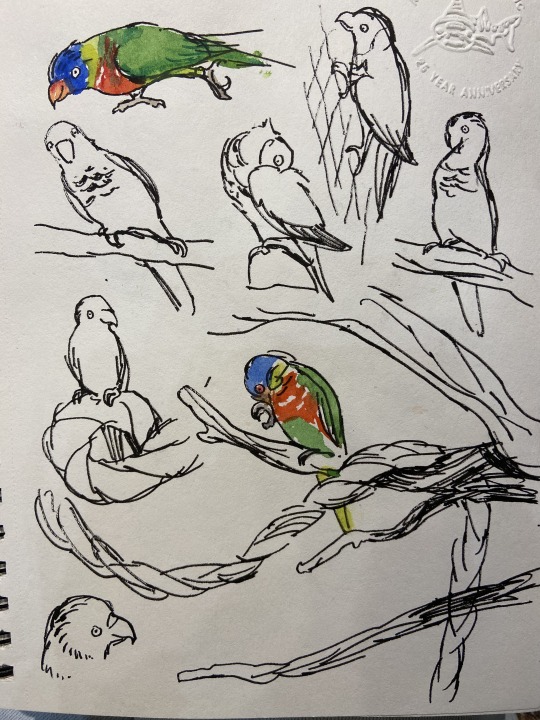
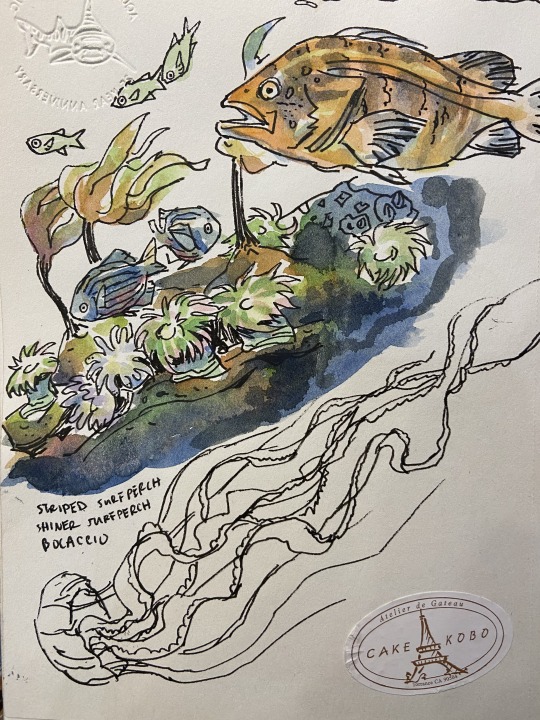
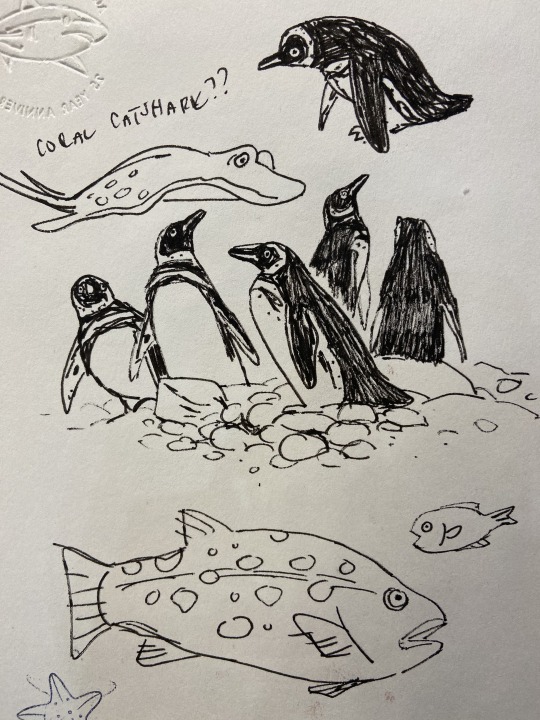
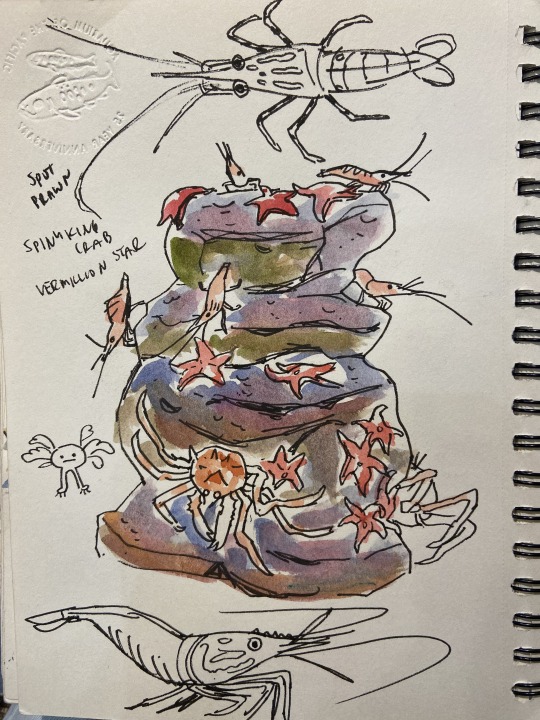
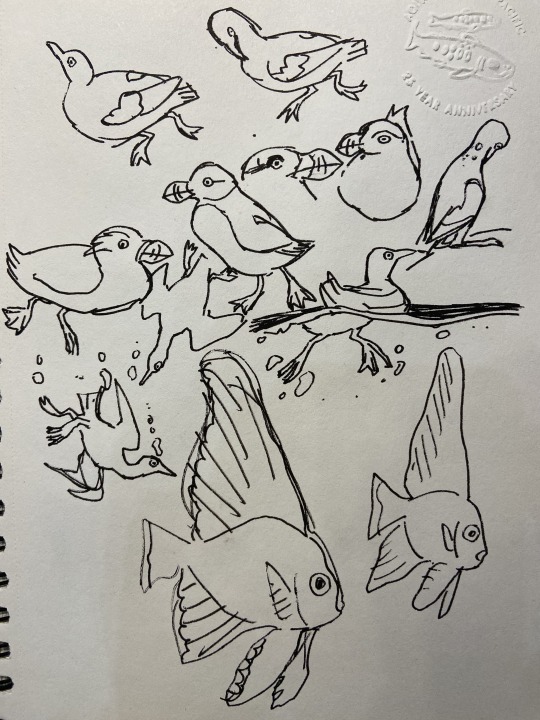
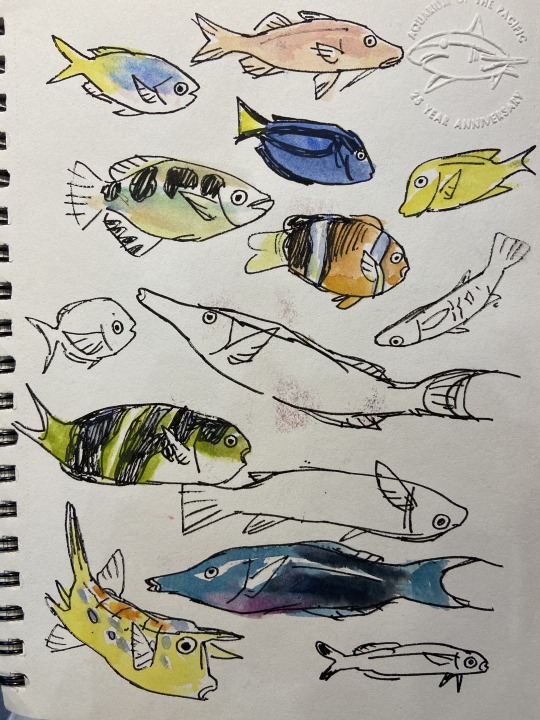
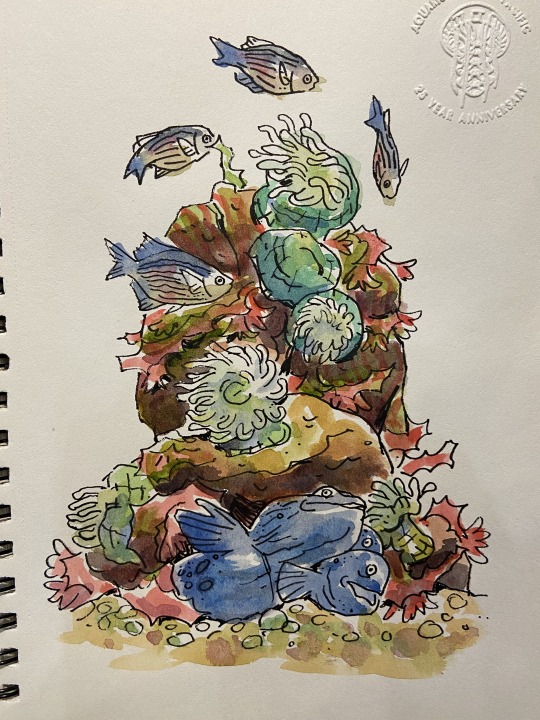
haven't been to the aquarium in of the pacific in years so it was really nice
#sketchbook stuff#artists on tumblr#having a lot more fun when I tell my brain to stylize instead of trying to draw exactly what I see#also I'm very proud of that one bird that looks like it's up to no good mghjkfhg#edit: RIP I SAID aquarium in the pacific and not aquarium of teh pacific mdfgkhjdkhdjg#implying that's it directly in the ocean LMAO
1K notes
·
View notes
Text
Here There & Everywhere ⋋(•⌔•)⋌ Western Gull


#San Francisco Bay Area#San Francisco#Mountains#Ocean#Birds#Guano#Pier#Gull#Seagull#Western Gull#Pacific Ocean#Marin Headlands#Marin County#Fort Baker#California
133 notes
·
View notes
Text

We're all in trouble if a pelican succeeds in hatching this.
123 notes
·
View notes
Text


all systems go for take-off.
#photography#nature photography#wildlife photography#naturecore#photographers on tumblr#mine: photos#bird photography#birdblr#birbs#birds#birdwatching#lensblr#pacific ocean#california coast#california#pebble beach#17 mile drive
82 notes
·
View notes
Text

North Pacific humpback whale Megaptera novaeangliae kuzira
With glaucous-winged gull Larus glaucescens
Observed by chris_charlesworth, CC BY-NC
#Megaptera novaeangliae kuzira#North Pacific humpback whale#Cetacea#Balaenopteridae#cetacean#whale#Larus glaucescens#glaucous-winged gull#bird#charadriiform#non-ungulate#North America#United States#Alaska#Pacific Ocean#Gulf of Alaska
52 notes
·
View notes
Text

Synchronicity
Sincronicidad
Near Point Arena CA USA
#photographers on tumblr#nature#photography#david e ragland#original photographers#bird photography#davideragland#pelican#bird#california#pch#pacific coast highway#pacific ocean#oceano pacífico#foggy aesthetic#summer 2023#flying#pajaros#synchronicity
53 notes
·
View notes
Text

Pacific Coast
#huancaxstle#pacific coast#palms#moody#original photography blog#photographers on tumblr#cmt photography#birds#starlings#sunrise#ocean views#mexico
100 notes
·
View notes
Text

Marbled Godwit Limosa fedoa
6/29/2023 Orange County, California
#marbled godwit#godwit#shorebirds#sandpipers#ocean#pacific ocean#marine life#bird#birds#bird photography#birblr#wildlife#wildlife photos#wildlife photography#nature#nature photos#nature photography#birding#birdwatching#birding photos#my photos#california#california wildlife
38 notes
·
View notes
Text
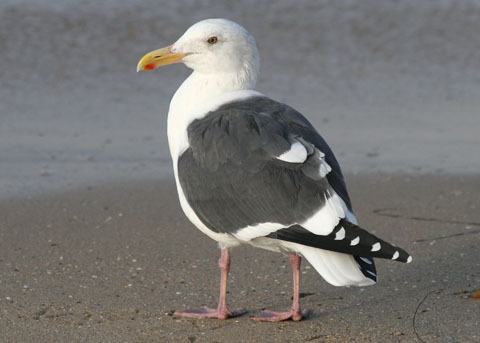
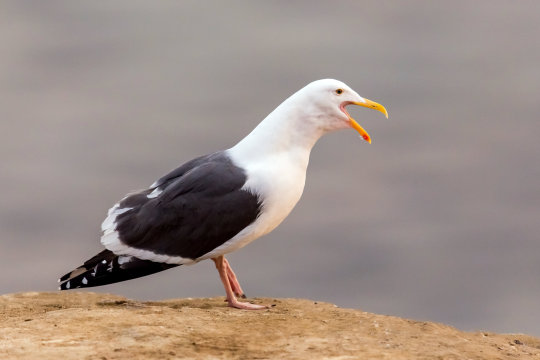
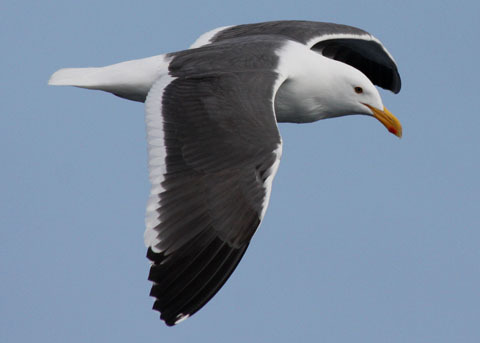
Western Gull, Best(ern) Gull
The western gull (Larus occidentalis) is a common sight throughout the western coast of North America, from British Columbia in Canada to Baja California, Mexico. Within this range, it is found almost exclusively near the coast or on offshore islands, and only rarely turns up more than 160 km (100 miles) inland or far out at sea.
One of the larger gull species, L. occidentalis weighs about 0.8-1.4 kg (1.8-3.1 lbs) and measures 130 to 144 cm (51 to 57 in) from wingtip to wingtip. The markings are fairly plain; adults of both sexes sport a white head and body and grey or black wings. The bill is bright yellow, with a red spot on the lower portion. Because of their simple plumage, the western gull bears a strong resemblance to several other gull species that inhabit the same region, including the California gull and the glaucous-winged gull. In fact, the western gull has been known to hybridize extensively with the glaucous-winged gull, and in some regions the hybrid population is larger than either parent species.
Western gulls establish territories as mated pairs within a larger colony, and once a territory has been established they almost never relocate. Courtship begins in the spring, around March, and is usually complete by May. Males establish a nest in the colony, and prospective females arrive to inspect it. After a brief ritual, the male and female become paired for life. A typical clutch consists of 1-3 eggs, which are incubated by both parents until they hatch about a month after laying. Chicks remain at the nest for an additional 10 weeks, but mortality for young western gulls is extremely high and only 1 in 3 typically make it to independence. Adults may live to be anywhere between 15 and 25 years old in the wild.
L. occidentalis is perhaps best known for its large and voracious appetite. While strictly carnivorous in the wild, individuals will consume a variety of unappetising foods including plastic, decaying plant material, garbage, and food scraps offered by humans. In their natural habitat, the western gull feeds on fish, marine invertebrates like crabs and snails, and terrestrial invertebrates such as earthworms, beetles, and carrion. This species is also known for stealing from other animals, and groups often establish themselves near other shorebird colonies in order to poach their meals. Adults themselves are seldom predated upon by other animals, but chicks may become food for predators like foxes and coyotes.
Conservation status: Based on their large and stable population, the IUCN has determined the western gull to be of Least Concern. The most common threats to this species are contamination from pesticides and herbicides, habitat loss, and consumption of inorganic materials like plastics.
If you like what I do, consider leaving a tip or buying me a kofi!
Photos
John C. Avise
Mick Thompson
#western gull#Charadriiformes#Laridae#gulls#sea birds#birds#marine fauna#marine birds#coasts#coastal birds#north america#western north america#Pacific ocean#animal facts#biology#zoology#ecology
88 notes
·
View notes
Text
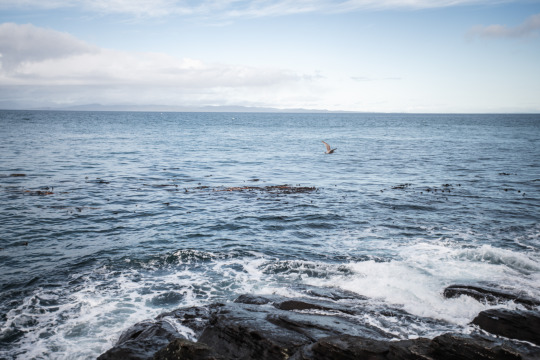
Salish Sea
#artists on tumblr#original photographers#original photography#hiking#pacific northwest#nature#washington#nikon#pnw#orofeaiel#salish sea#ocean#landscape#seascape#beach#birds#seagull#port angeles#olympic peninsula
76 notes
·
View notes
Text


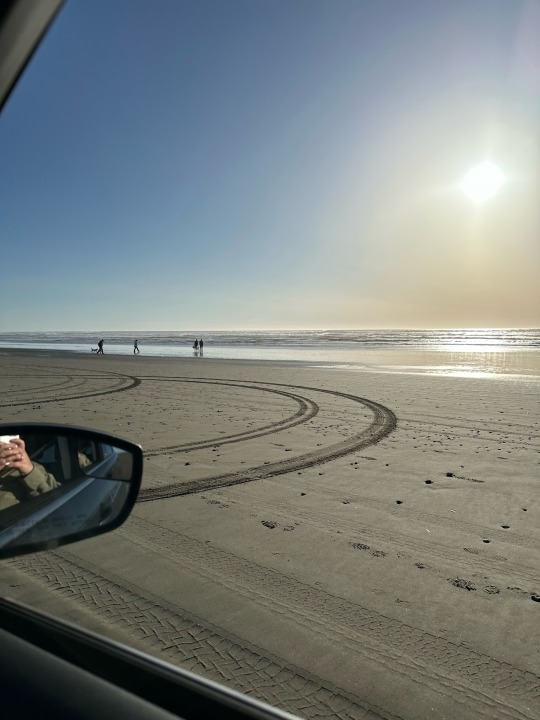



53 notes
·
View notes
Text
Fort Baker Pier & The Golden Gate 🎣🎏


#Golden Gate Bridge#San Francisco Bay Area#San Francisco#Mountains#Bridge#Ocean#Pier#Fishing#Birds#Gull#Seagull#Western Gull#Fishing Pole#Pacific Ocean#Cloudy Sky#Marin Headlands#Marin County#Fort Baker#California
107 notes
·
View notes
Text

Sunset over the Pacific Ocean at the beach in Arica in the north of Chile.
#sunset#sundown#beach#pacific#ocean#sea#harbor#bird#sand#sky#colorful#scenic#romantic#water#evening#horizon#clouds#orange#landscape#nature#coast#beautiful#chile#pacific ocean
18 notes
·
View notes
Text

huntington beach pier
#landscapes#landscape photography#photography#photographers on tumblr#original photography#mine: photos#nature photography#naturecore#california#southern california#huntington beach#pacific ocean#sea#oceancore#bird photography#birds#birdwatching#lensblr
23 notes
·
View notes